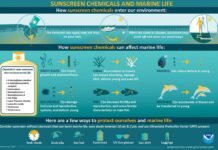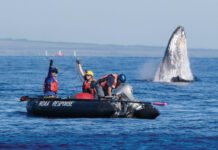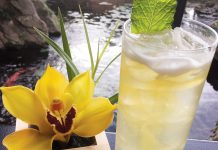What about Development?
“Probably not in my lifetime,” Benjamin has said, referring to A&B’s agricultural land. Until the end of 2016, the company farmed about 36,000 acres. In 2009, A&B selected 27,104 of those acres for designation as Important Agricultural Lands (IAL).
State law established the IAL designation, administered by the Department of Agriculture, in 2005 in hopes of keeping Hawai‘i’s most fertile soils in agriculture. Participation is voluntary, but the State provides tax credits and other incentives. A&B was the first landowner to petition for IAL status. “But,” says Arakawa, “A&B is a corporation, and like all corporations, it requires profits.” The acreage that A&B has not designated IAL lies along existing roads and towns and could perhaps be seen as a map for future development. “We are finding ways to maximize the benefits for them and for the community,” says Arakawa. “A&B has been a good partner.”
Farming . . . Anyone?
“We don’t have enough farming,” says the mayor, who was raised in a farming family himself. “We need people to stay in the agricultural field to have a different economic engine [other than tourism].” He then lists all the ways that farming on Maui is horribly challenging — the regulations, the cost of everything including laborers and the land itself, and a myriad of farm-ruining pests. Invasive goats. Pheasants. And soon all American farms will become subject to new national food-safety laws that favor big, corporate-owned farms and put survival-threatening constraints on small-scale farmers.
Gerry Ross, of Kupa‘a Farms, is a small-scale farmer and former earth-science researcher. He and his wife, Janet Simpson, inherited a depleted four-acre farm in Kula, and over thirteen years, have turned it into an organic ecosystem, thanks to Ross’s enthusiasm for soil health. (He has spoken at length with HC&S about large-scale composting systems that could transform the 27,000 tons of food waste generated on Maui each year.) He manages to operate in the black on those four acres by relying on local customers. He’s reluctant to lease former cane land only because he would live at such a distance from his fields. For a while he was eyeing twenty arable acres for sale in Kula, but the price was a million bucks. He spent four years developing a garlic that customers swore was the best in the world, but even when he priced it at the cost of production, local stores wouldn’t buy it. “Maui-grown” doesn’t seem to divert many residents from Costco pricing. Yet Ross believes that “a lot of tourists would love to eat more island-grown food. They ask, ‘Where’s all the local produce?’”






I want to retain some of the old Hawaii. Sorry to see the sugar cane go away, looked forward to seeing the stacks smoking and sugar cane blowing in the wind. Too much development of too many units robs Hawaii of what makes Hawaii. The Island feel of things past and a people that ruled these Islands and kept them beautiful and treated it with respect. Over fishing, polluting the oceans with plastic and garbage, most people just don’t care, it’s very sad. Pineapple goes, sugar cane goes and soon Hawaii, Maui, will not be the beautiful Island it once was.
HC&S will most likely go with selling the cane fields to wealthy land developers who will ruin the central valley and Northshore by putting new housing developments all over the area! (farming…? For real…?)
The once quaint and quiet Northshore will have a highway put in to replace Hana Highway so that all the malahini can get to their “gated communities!” Maui County better pass some land development restrictions NOW, before big money corrupts the outcome of Maui’s precious resources and limited infrastructure…
What would you rather have, the cane fields and the occasional “Hawaiian snow” or tons of mainlanders swooping in to buy their new vacation homes in a gated community near you…?